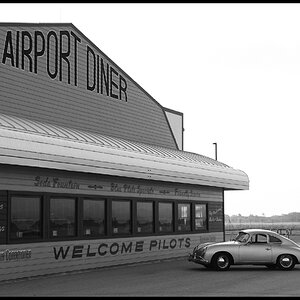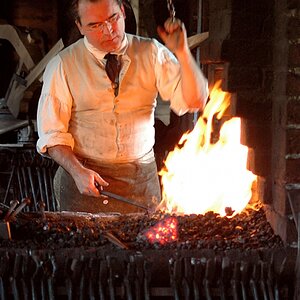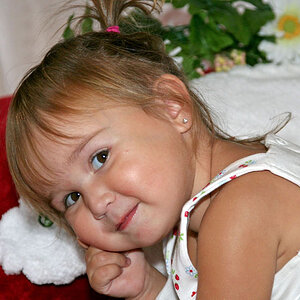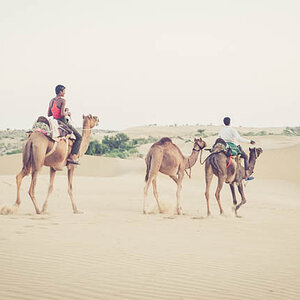GrahamPhisher
TPF Noob!
- Joined
- Nov 15, 2012
- Messages
- 219
- Reaction score
- 34
- Location
- Bay Area, CA
- Website
- www.facebook.com
- Can others edit my Photos
- Photos OK to edit
http://s20.postimage.org/oyl7r6uz1/mehstudio2.jpg
I been doing digital art for 7 years, and only been doing photography for a couple years, and I'm starting to notice, I'm one of the few people I know that shoot on green screen, and in photoshop its only like a couple clicks to remove the background than you can do any color/pattern/setting you want, and you really don't need any exp to do so.
http://s20.postimage.org/l3htombt9/image.jpg
(This isn't the best example, I know, I could of adjusted the fuzziness a bit higher for a cleaner background, this is just something I did from a shoot yesterday)
so just wondering is there some reason more photographers don't work with green screen?
I been doing digital art for 7 years, and only been doing photography for a couple years, and I'm starting to notice, I'm one of the few people I know that shoot on green screen, and in photoshop its only like a couple clicks to remove the background than you can do any color/pattern/setting you want, and you really don't need any exp to do so.
http://s20.postimage.org/l3htombt9/image.jpg
(This isn't the best example, I know, I could of adjusted the fuzziness a bit higher for a cleaner background, this is just something I did from a shoot yesterday)
so just wondering is there some reason more photographers don't work with green screen?
Last edited:


![[No title]](/data/xfmg/thumbnail/37/37604-7ad625e983f92f880eb65a264eeef5e4.jpg?1619738148)




![[No title]](/data/xfmg/thumbnail/35/35960-06c2714b6ed3da761ad1b4a0a0f6cb11.jpg?1619737275)





